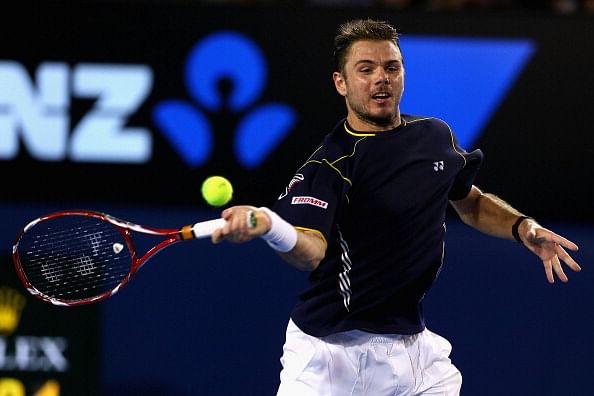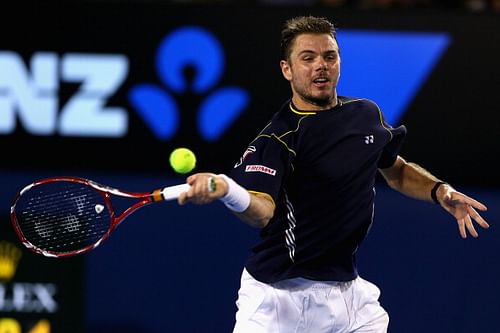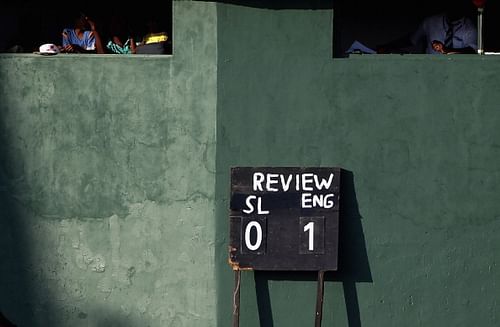
Will technology used in the game improve decision-making?
The technology introduced in the games like tennis and cricket was envisaged to eliminate the obvious errors from the game. However, the errors continue to pile up, which forces one to think – is the technology bettering the way the game is being played in any way?
What is the fun in watching the game when the favourites continue to win and the underdogs continue to be battered? A game becomes an amazing spectacle when the underdog does not throw in the towel. While a victory for the underdog is an amazing advertisement to the game, it is certain that the favourite player would make the underdog fight till his last breath. A sporting arena is a pseudo-battlefield and every point demonstrates the resolve of a player. Enter a bad umpiring call and the sheen is taken off the contest.
That’s what exactly happened at the Rod Laver Arena in the 4th round match between Stanislas Wawrinka and Novak Djokovic. The match was at a knife’s edge, but then a contentious call turned the tide in favour of Djokovic. Wawrinka had a break point at 4-4 in the final set. On Djokovic’s weak second serve, Wawrinka blasted a strong forehand which landed near Djokovic’s feet. The ball was called out. Wawrinka did not challenge the call since he had only one review left (a player can challenge any number of times, but if Hawkeye proves him wrong three times, he gets no more challenges. If the set goes into a tiebreak, a player gets one more challenge). Wawrinka confirmed the call with chair umpire Enrique Molina who suggested that the ball was out. The score was back to deuce.

The television sets around the world showed that the ball had landed in by a whisker. Imagine what would have happened if the correct call had been made. What would have happened if Wawrinka had no pressure of the number of challenges remaining? He would have been serving for the match at 5-4. The tables might have turned at the Rod Laver Arena but then, if you give champions even an inch, they make you pay for it. The technological benefits were not leveraged, which you could say in hindsight, caused Wawrinka’s ouster.
The officials are only humans at the end of the day. So there are bound to be a few mistakes; the question is: how to eliminate absolute howlers? In cricket, it is not a bad idea for the third umpire or the match referee to step in and pass on the message to the on-field umpires regarding some of the blunders made by them. In the 2002 Champions Trophy, technology was used for the first time in cricket. The usual protocol for the umpire was to go upstairs only when they were not 100% sure. This was applicable for the leg before decisions as well. But this made umpires a tad indecisive. They became circumspect and obviously, they wanted the things to be 100% every time. The technology controlled the game and umpires looked like mere puppets.

Today, both the sides get one review each for a One Day International (ODI). But then, if a review is used up and there occurs a horrible umpiring mistake, then nothing can be done, and there lies the problem. Horrible officialdom might just be responsible for truncation of a promising career. In the 4th ODI against Sri Lanka at Sydney, Moises Henriques was adjudicated leg before wicket off Rangana Herath when he had hit the ball. Henriques had about 20 overs to bat and it was just his fourth ODI. He lost an opportunity to impress by resurrecting the innings because of an umpiring gaffe. And this happened just a few minutes after David Warner’s shocking leg before wicket decision when the ball took the edge off his bat onto the pads.
So what is the way out? Should the number of referrals be increased? Sure, the game will be held up for a few minutes but certainly, the decision making will improve (BCCI might tend to disagree though, since they are averse to using UDRS unless it is 100% foolproof.)
If technology is used lavishly, the officials on the field might become non-existent.
So are the three challenges per set too less an amount? Ask Wawrinka; he would have loved to have a couple of more challenges when he fired that bullet return off Djokovic’s serve.